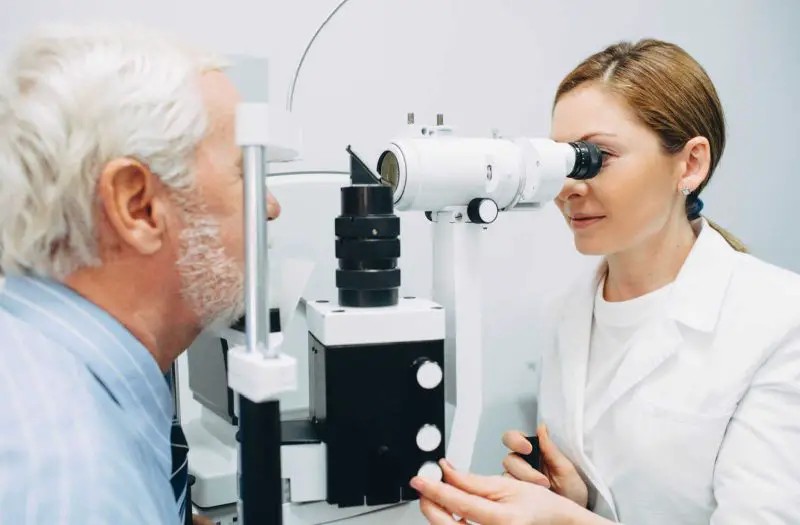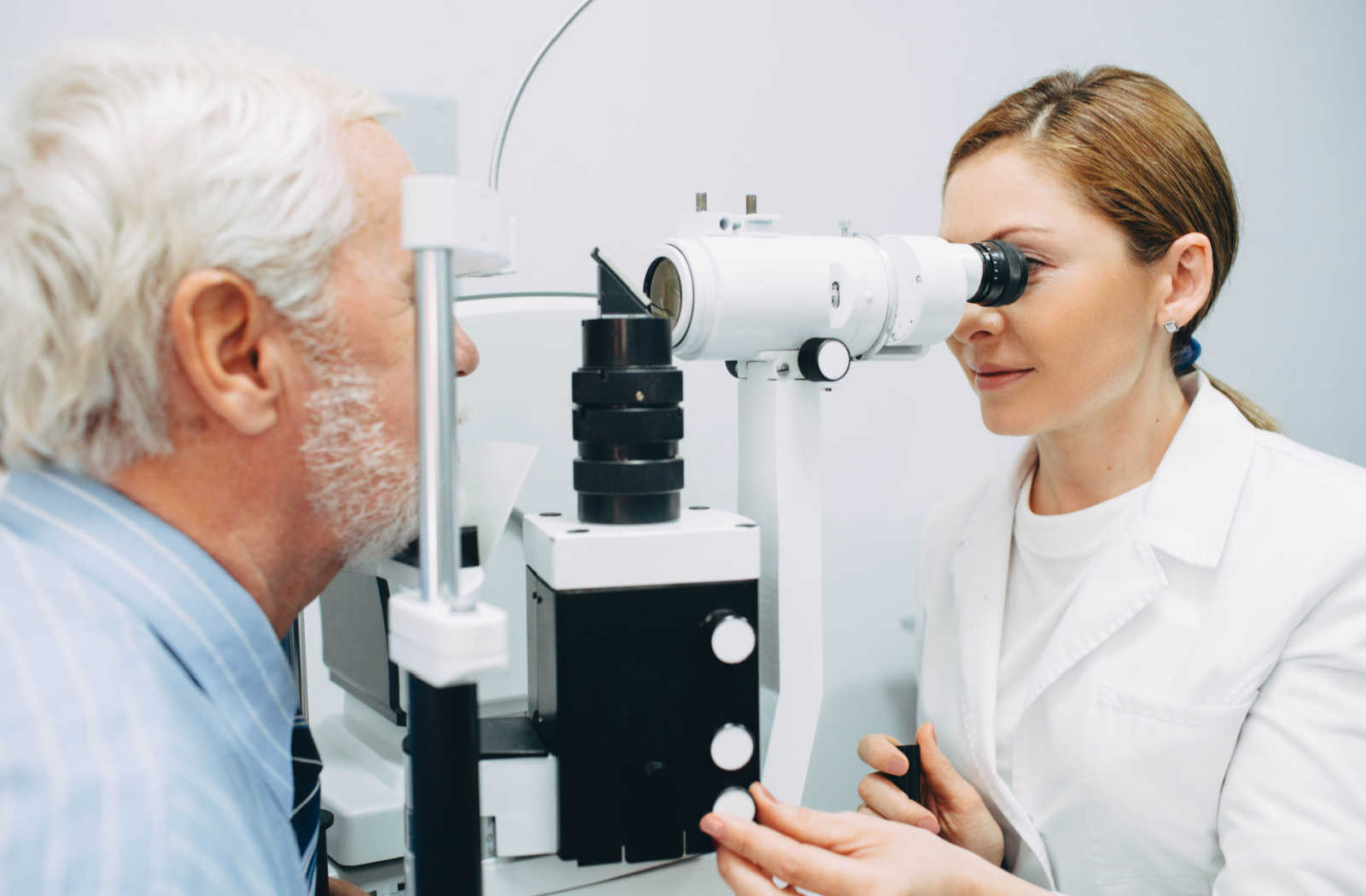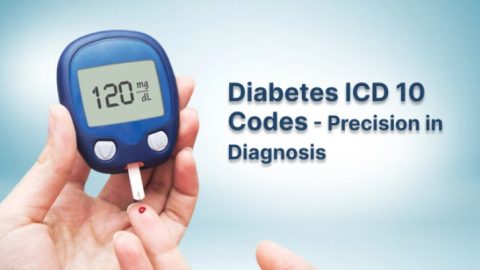Diabetes is one of the most common chronic conditions affecting millions of people worldwide, and early detection plays a vital role in preventing serious complications. Many people don’t realize that routine eye exams can reveal much more than just vision problems. In fact, an eye doctor can often detect signs of diabetes through subtle changes in the eyes, sometimes even before a patient experiences other noticeable symptoms.
This article explores in detail how eye doctors detect diabetes through your eyes, the science behind diabetic eye changes, what to expect during an eye exam, and why regular visits to the optometrist or ophthalmologist are essential for both eye health and overall well-being.
How the Eyes Reveal Signs of Diabetes

The Link Between Diabetes and Eye Health
Diabetes affects how the body processes blood sugar, leading to high glucose levels that can damage small blood vessels throughout the body. The eyes contain some of the tiniest and most delicate blood vessels, particularly in the retina, making them especially vulnerable. Because of this, an eye exam can serve as a window into your body’s vascular health.
The Role of the Retina
The retina, located at the back of the eye, is responsible for converting light into signals sent to the brain. When diabetes damages retinal blood vessels, the condition is called diabetic retinopathy. This is one of the first clues eye doctors look for when examining patients who may be at risk.
Microvascular Changes Visible in the Eye
Even small abnormalities, such as microaneurysms (tiny bulges in blood vessels), retinal bleeding, or fluid leakage, can be early indicators of diabetes. These changes are often invisible to patients but can be detected by advanced imaging techniques used by eye doctors.
Can an Eye Doctor Detect Diabetes Before Diagnosis?
Early Detection Through Eye Exams
In some cases, patients visit their eye doctor for routine check-ups without knowing they have diabetes. During the examination, the doctor may notice signs consistent with diabetic eye disease, prompting further testing and medical referral. This makes eye exams an unexpected yet valuable tool for early detection.
Common Eye Conditions That Signal Diabetes
-
Diabetic Retinopathy: Damage to retinal blood vessels.
-
Diabetic Macular Edema (DME): Swelling in the macula caused by fluid leakage.
-
Cataracts: People with diabetes tend to develop cataracts earlier and more severely.
-
Glaucoma: Diabetes doubles the risk of glaucoma due to increased pressure in the eye.
Real-Life Cases
Many documented cases show that patients first learned about their diabetes because an eye doctor spotted suspicious changes. This underlines the importance of not skipping annual eye checkups.
How Eye Doctors Check for Diabetes
Comprehensive Dilated Eye Exam
A dilated eye exam is the gold standard for detecting diabetes-related changes. Eye drops are used to widen the pupil, allowing the doctor to examine the retina and optic nerve more thoroughly.
Retinal Imaging and Photography
Advanced imaging tools, such as optical coherence tomography (OCT) and fundus photography, allow eye doctors to capture detailed pictures of the retina. These images reveal swelling, bleeding, and damaged blood vessels linked to diabetes.
Fluorescein Angiography
In certain cases, doctors may use fluorescein angiography, where a special dye is injected into the bloodstream to highlight blood flow in the retina. This technique shows even the smallest leaks or blockages.
Visual Acuity and Pressure Tests
While these are standard eye exams, they can also reveal complications associated with diabetes, such as blurry vision or increased intraocular pressure (a risk factor for glaucoma).
Why Diabetes Affects the Eyes So Strongly
High Blood Sugar and Blood Vessel Damage
Consistently high blood sugar damages the walls of tiny blood vessels, making them weak and leaky. Since the retina is packed with these vessels, it becomes one of the first organs to show damage.
Inflammation and Swelling
Diabetes can also trigger inflammation in the eye, leading to swelling that affects vision clarity, especially in the macula, the central part of the retina responsible for sharp vision.
Nerve Damage
Diabetes-related nerve damage, or neuropathy, may affect the optic nerve, leading to vision problems that go beyond the retina itself.
Symptoms That May Indicate Diabetes in the Eyes
Blurred Vision
Fluctuating blood sugar levels can cause temporary or long-term blurry vision, one of the earliest signs many patients notice.
Sudden Vision Changes
Rapid changes in prescription or sudden shifts in clarity may point toward uncontrolled diabetes.
Spots, Floaters, and Dark Areas
Patients sometimes report seeing dark spots or floating specks, which may be due to bleeding in the eye.
Eye Pain and Pressure
Though less common, diabetes-related glaucoma can cause discomfort, eye pressure, or headaches.
Importance of Regular Eye Exams for Diabetic Patients
Recommended Frequency of Exams
-
Adults with type 1 diabetes: Eye exam within 5 years of diagnosis, then annually.
-
Adults with type 2 diabetes: Eye exam immediately upon diagnosis, then annually.
-
Children with diabetes: Eye exam beginning at age 10 or after 3–5 years of having diabetes.
Benefits of Early Detection
Catching diabetic eye disease early allows doctors to recommend lifestyle changes, medications, or laser treatments to prevent severe vision loss.
Reducing the Risk of Blindness
Diabetic retinopathy is a leading cause of blindness, but up to 90% of diabetes-related vision loss is preventable with timely care.
How Eye Doctors Work with Other Healthcare Providers
Coordinated Care Approach
When an eye doctor detects signs of diabetes, they usually refer patients to primary care physicians or endocrinologists for blood tests and diabetes management.
Monitoring Progress
Eye doctors play an important role in monitoring how well a patient’s diabetes treatment plan is working. Changes in the eyes often reflect changes in blood sugar control.
Ongoing Communication
Sharing test results and images with other doctors ensures patients receive comprehensive care, reducing risks of long-term complications.
Preventing Diabetic Eye Problems
Controlling Blood Sugar Levels
Maintaining stable blood glucose levels reduces the risk of eye complications significantly.
Blood Pressure and Cholesterol Management
High blood pressure and cholesterol further strain blood vessels in the eyes, so controlling these factors is equally crucial.
Healthy Lifestyle Habits
A balanced diet, regular exercise, and quitting smoking all support healthier eyes and lower the risk of diabetes-related vision problems.
Following Doctor’s Advice
Adhering to medications, attending check-ups, and promptly reporting vision changes are essential for protecting long-term vision.
Treatment Options for Diabetic Eye Conditions
Laser Therapy
Laser treatments can seal leaking blood vessels or shrink abnormal ones, preventing further vision loss.
Injections
Anti-VEGF injections and steroids are often used to reduce swelling in the retina and slow disease progression.
Surgery
In severe cases, surgery may be needed to repair retinal detachment or remove blood-filled fluid from the eye.
Glasses and Vision Aids
For patients with irreversible vision damage, corrective lenses and vision aids can help improve quality of life.
FAQs About Diabetes and Eye Health
Can an eye doctor detect diabetes without blood tests?
Eye doctors cannot officially diagnose diabetes but can detect strong signs of it. They will refer you to a medical doctor for confirmation through blood tests.
How often should I see an eye doctor if I have diabetes?
At least once a year, but more frequently if your doctor detects changes in your retina or if your blood sugar is poorly controlled.
Can diabetes be reversed if caught early in the eyes?
While diabetes itself cannot be reversed, early detection of eye complications allows treatment that may stop or even reverse some vision damage.
Are eye changes from diabetes permanent?
Not always. Some changes, like swelling or small hemorrhages, can be treated if detected early. However, advanced damage may cause permanent vision loss.
What happens if diabetic eye disease is left untreated?
Untreated diabetic eye disease can lead to severe complications, including retinal detachment, glaucoma, and blindness.
Conclusion
So, can an eye doctor detect diabetes through your eyes? The answer is yes. By examining the retina, optic nerve, and other delicate structures of the eye, eye doctors can often spot the earliest signs of diabetes-related changes. These findings may even lead to an early diagnosis of diabetes, allowing patients to begin treatment before serious complications arise.
Routine eye exams are not just about updating your glasses prescription; they are powerful tools for protecting your overall health. If you have diabetes, or are at risk, scheduling regular comprehensive eye exams is one of the best decisions you can make for both your vision and long-term well-being.



